I'm a professional cleaner and these are the 7 dirty things I always notice in people's kitchens – here's how to get on top of them easily, quickly and cheaply
Keeping the kitchen tidy can be a never-ending job, but despite our best efforts, some parts of the space may sometimes be overlooked and accumulate dirt and grime over time.
"I'm a seasoned professional cleaner for both commercial and residential cleaning services, and these are the seven things I consistently notice in people's homes."
You'll be able to handle these items quickly and affordably before the hosting season gets underway.
7 nasty things I always notice in people's kitchens
1. Greasy cabinet doors

Cabinets near the oven usually have a buildup of grease and fingerprints that may not be noticeable at first, but show up more clearly when grime has a chance to buildup.
to cut through the grease
It's available on Amazon. This spray is perfect for quick cleanups on cabinets, and I find that it breaks down grease instantly, making it easy to wipe down surfaces with minimal effort.
Wipe down cabinet doors once a week with a microfiber cloth and just water to prevent grease from building up.
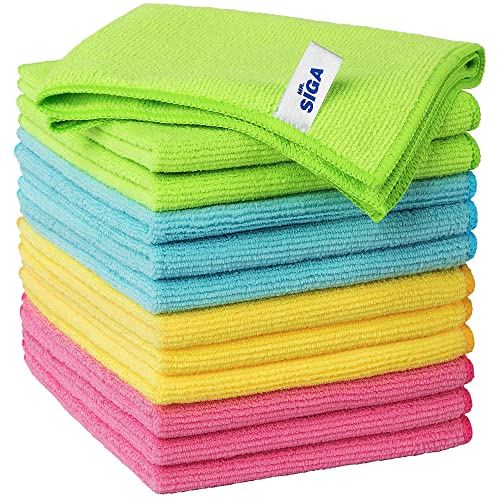 Editor's pick
Editor's pick
Favorite microfiber cloth: "I rely on these throughout my house. I color-code them so I only use the bathroom ones in my bathroom, not my kitchen. Simply omit fabric softener and wash them in hot water to disinfect and preserve their absorbent properties."
2. Sticky "grips" and handles

.
To clean, dampen a microfiber cloth with a solution of equal parts water and vinegar and thoroughly wipe down each handle.
These sheets are great for removing tough stains quickly without scratching surfaces. They're also pre-made and tough enough for cleaning hard-to-reach areas of your home, like behind the toilet or in the back of cabinets.
After preparing food with oily ingredients, they should handle them in a clean and bacteria-free manner.
if you have pets, beware of the corners of your lower cabinets - the head of Solved with H&G notes, "if you have pets like my two cats, they love rubbing up against the same cabinet multiple times a day, leaving a greasy mark where they bump the corners."
Mix the dish soap with warm water. With just a small squirt of dish soap, apply it. The dish soap acts as a surfactant, which helps break down grease.
 20k sold a month
20k sold a month
If you're unsure which ones to choose, or enjoy using essential oils at home, this compact gift set with six 10ml bottles is a smart purchase. It includes peppermint, tea tree, lavender, eucalyptus, lemongrass, and orange 100% pure essential oils.
3. Sink faucets and controls
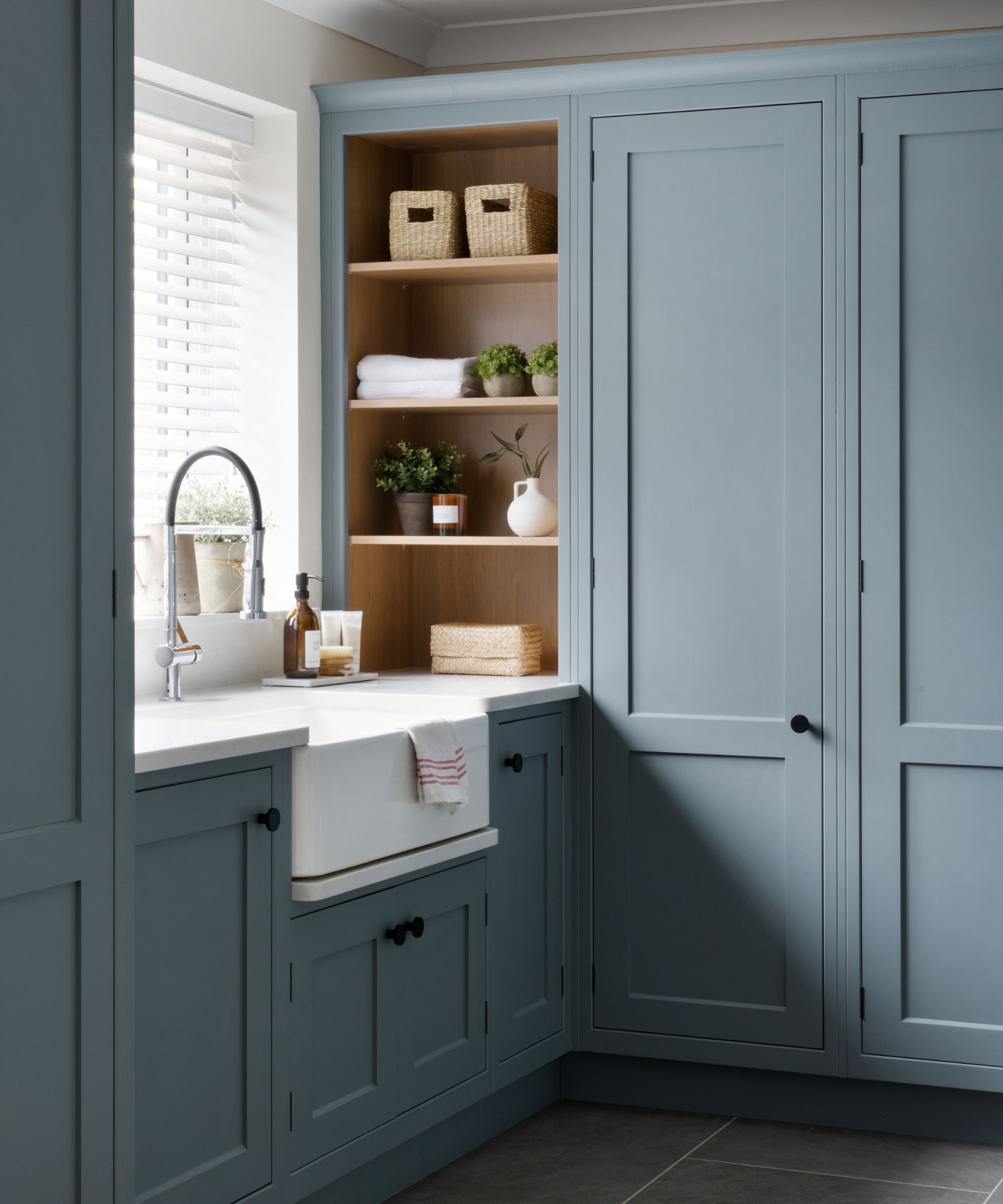
Soap scum is a common issue in most homes where hard water often leaves deposits on faucets, particularly in areas with a high mineral content in the water.
This worked successfully.
First, mix baking soda with water to clean the faucet. Then, rinse it and buff with a dry cloth for a streak-free finish. Baking soda makes a natural, inexpensive, and gentle but effective scrubber, which is why it's perfect for removing mineral deposits.
She said, "but it was just a rental property. The property owner was guessing that it lasted a week at a time.
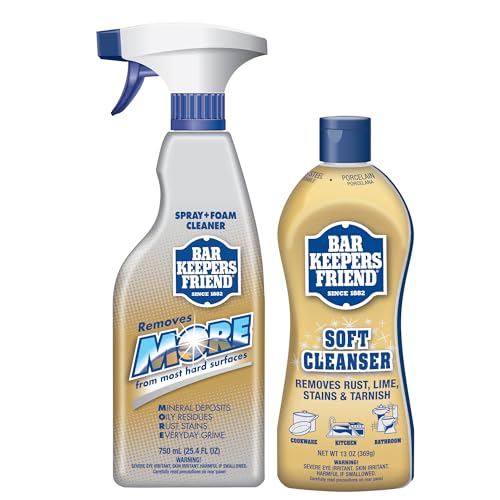 Expert pick
Expert pick
I highly recommend this product, which works great for getting rid of hard water spots and soap residue while being easy on metal surfaces.
There is a section addressing **4. Under and Around Small Appliances**
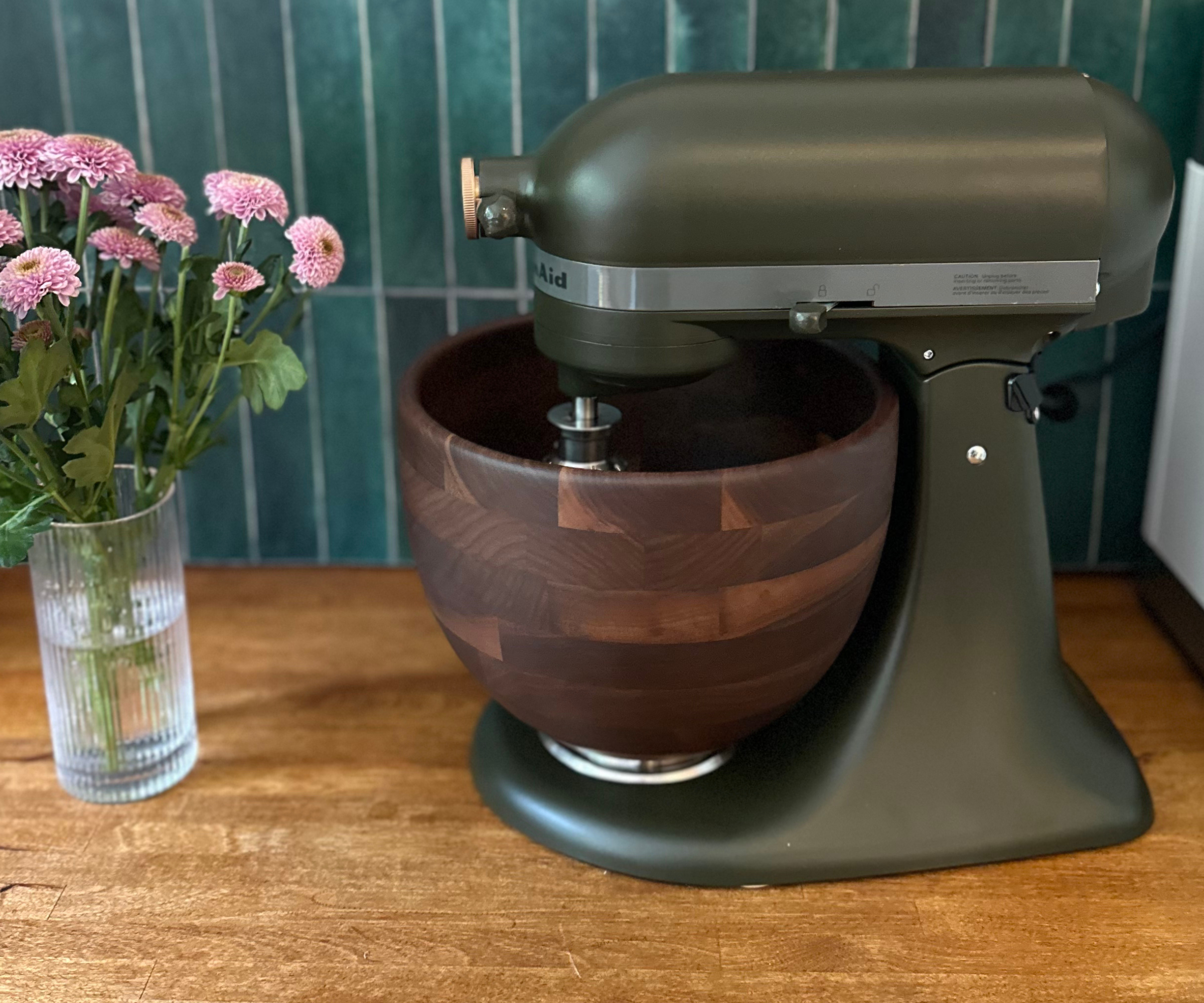
Food particles like crumbs and sticky leftovers often accumulate under appliances like the toaster, microwave, or coffee maker, causing buildup and creating an environment conducive to pest problems and grime.
They are highly absorbent and trap dirt and crumbs very efficiently.
For easy cleanup, choose small appliances.
5. Fridge door seals
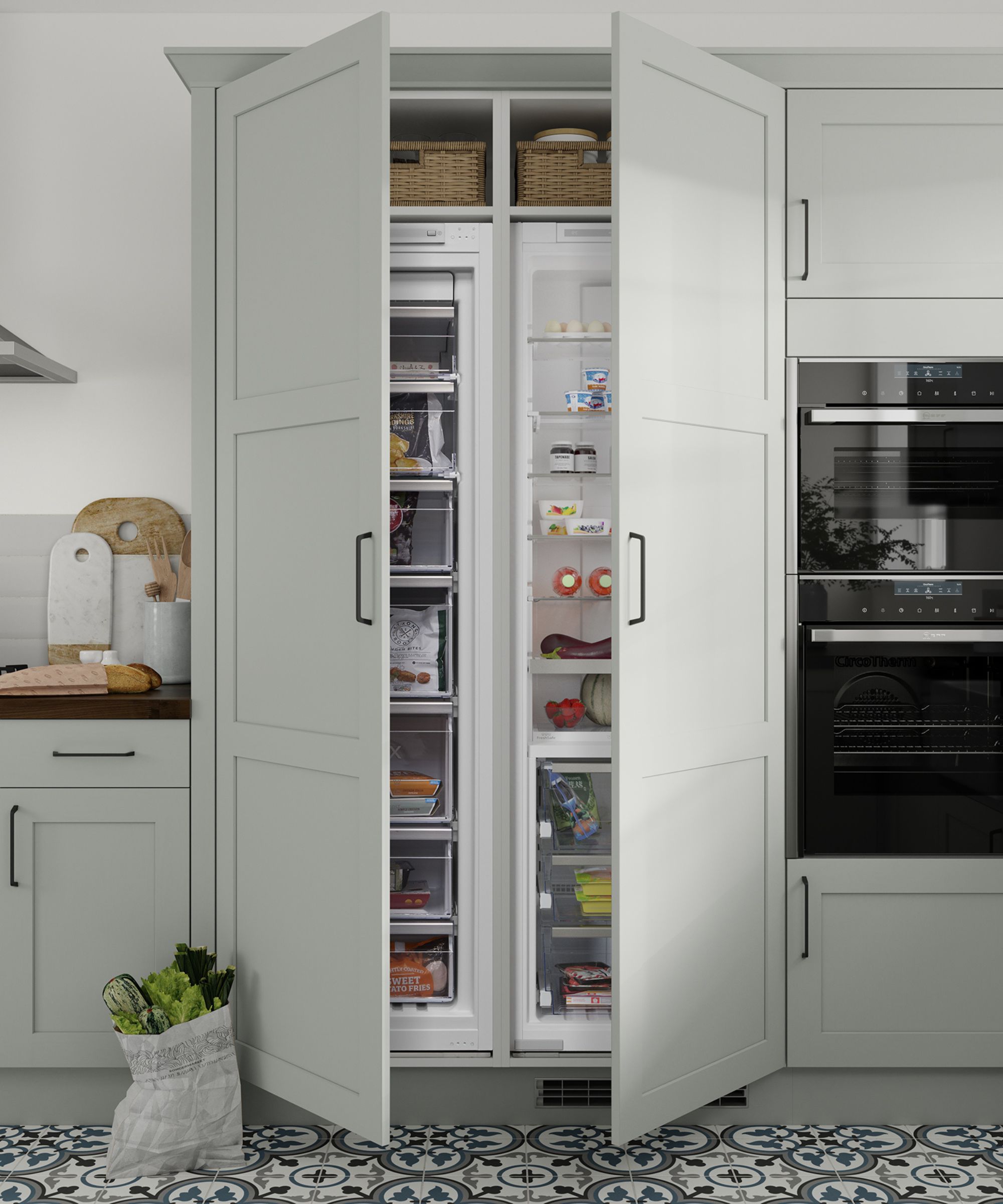
.
Soak an old toothbrush in a mixture of water and baking soda, then scrub the seal area. Remove any remaining residue with a damp cloth.
This scrubber is great for cleaning confined areas like fridge seals, offering swift and efficient results.
Regularly clean the seals on your refrigerator and make sure the door closes tightly to prevent moisture accumulation.
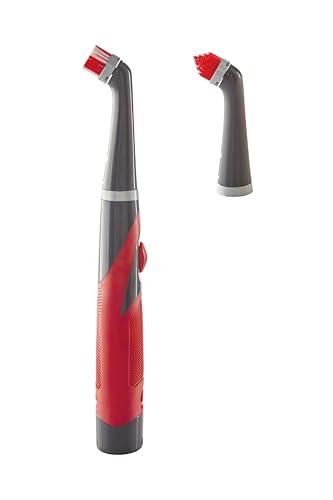 Expert pick
Expert pick
I highly recommend this cordless, water-resistant electric scrubber, which is ideal for cleaning hard-to-reach areas like fridge seals, and delivers fast and impressive cleaning results.
6. Microwave interior

In many households, the microwave remains a low-key essential appliance, while accidents involving spills and splatters are quite common. These mishaps usually leave behind leftovers that can become stuck, giving off unpleasant odors and drying into stubborn food residue.
Use a microwave-safe bowl, add water and some slices of lemon, then heat for 3 to 5 minutes. Let it sit for 2 minutes, allowing the steam to loosen the grime, before wiping things down.
It's perfect for any remaining tough spots. This spray is great for cleaning the microwave and eliminating odors, which can occur if your microwave isn't cleaned on a regular basis.
Cover food with a microwave-safe lid to prevent splatters and clean the interior of the microwave every week.
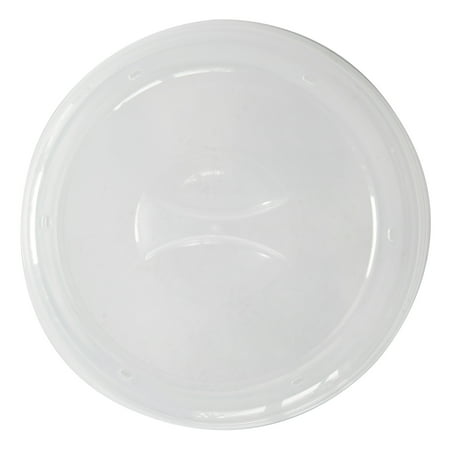 Editor's pick
Editor's pick
The head of Solved, Punteha van Terheyden, regularly uses two microwaveable lids. According to her, "They not only help food heat up more efficiently and keep the moisture in to prevent the meal from drying out, but also prevent splatters from forming inside the microwave. This preventive measure makes cleaning much easier." She also uses them upside down like a bowl to cook jacket potatoes, as each one needs about eight minutes to cook, and some plates can become too hot.
7. The trash can lid and the surrounding floor area
Food bits and spills frequently land on the lid or around the trash can, leaving behind sticky marks that draw in dust and unpleasant odors. Take time each week to wipe down the trash can lid and the surrounding floor with an all-purpose cleaner and dry it with a cloth to keep it clean.
It's suitable for most surfaces and does a good job of eliminating residue and odors around trash cans.
Whenever replacing your cleaning sponge, squirt some dish soap onto it and use it to scrub the inside of the trash can lid and then discard it. The gentle scrubbing action paired with the grease-cutting dish soap will remove any dried-on stains, and you can throw it away without hesitation since it was destined for the trash in the first place.
.
Posting Komentar